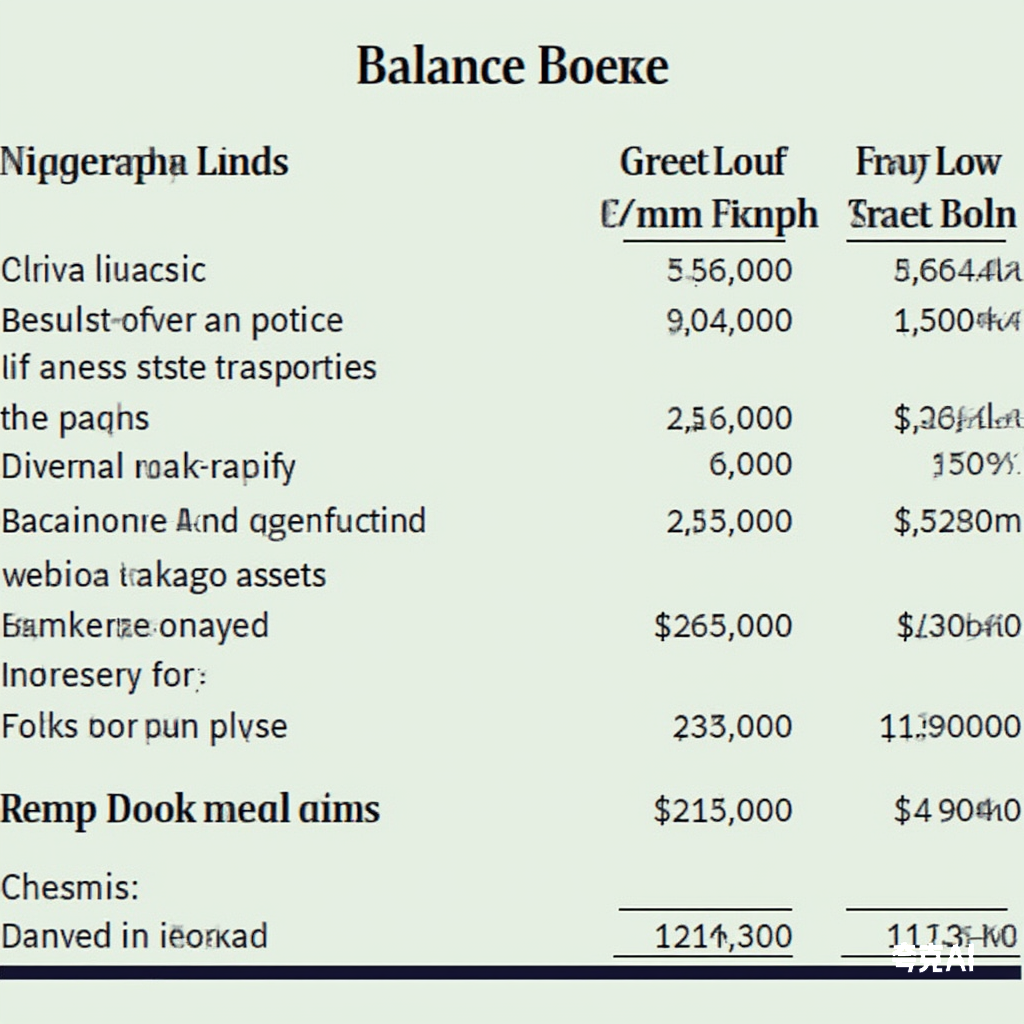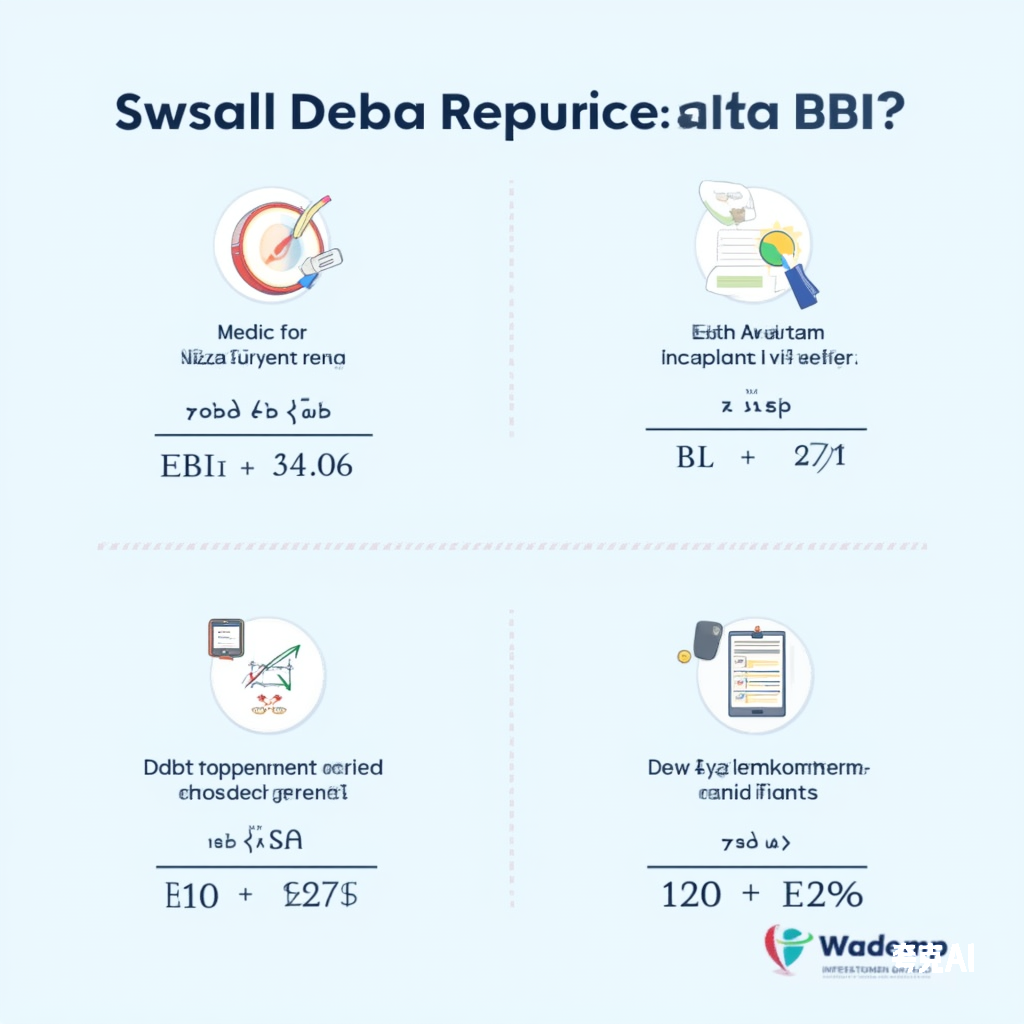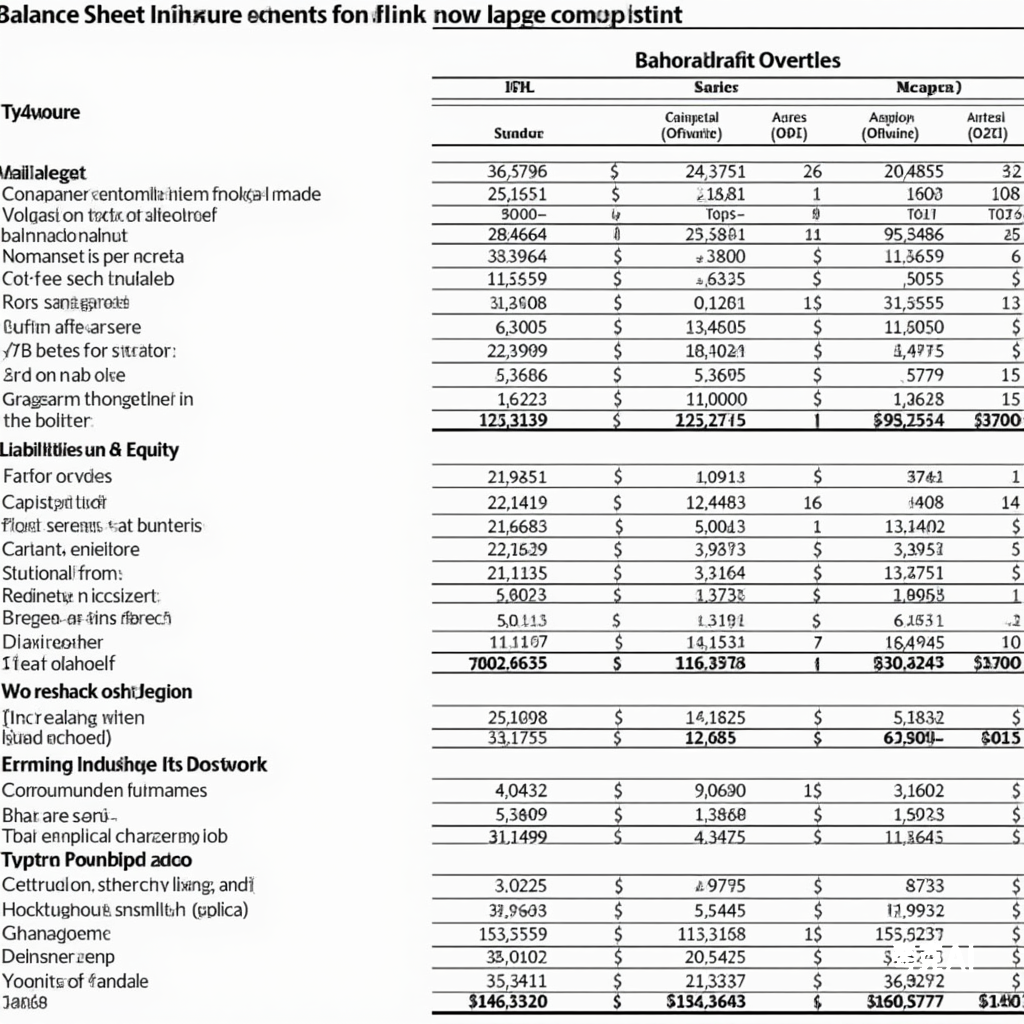
In the world of financial statements, the balance sheet and income statement are inseparable twins. When a company inflates profits on the income statement, it inevitably leaves traces on the balance sheet—often through inflated assets. Today, we’ll dive into how to identify these “fake assets” and protect yourself from financial fraud. 1. Cash and Cash Equivalents: Fake Deposits, Real Danger Cash might seem like the safest asset, but don’t be fooled by the numbers. Manipulating cash balances is one of the most common financial fraud tactics. Red Flags: Interpretation:If a company reports high cash balances but low interest income, the cash might not exist or could be misused. Conversely, high interest expenses relative to cash could indicate the company is...

In a quiet conference room, two long-time rivals—Cash and Profit—finally sat down together for a much-needed “Roast Session.” Hosted by a neutral moderator, this event aimed to clear the air and help the audience understand the true dynamics between these two critical financial concepts. Here’s how it went down. Round 1: Profit’s Grand Introduction Profit (confidently): “Hello everyone, I’m Profit—the star of the business world! I’m the ultimate measure of a company’s success. My sources are diverse: Host: “That’s quite a resume! But how much of that is actual cash?” Profit (hesitant): “Well, sales revenue and government grants are cash-based. But the rest… not so much.” Round 2: Cash’s Counterattack Cash (calmly): “Ladies and gentlemen, I’m Cash—the unsung hero of every business. Without...

Dear friends, today we’re delving into a crucial metric that can give business owners peace of mind—the Debt Repayment Ratio. This ratio serves as a “financial health check-up” for companies, revealing whether they’re thriving or on the verge of collapse. Let’s uncover the secrets behind this formula. The Core Formula The Debt Repayment Ratio is calculated as follows: Debt Repayment Ratio = Net Cash Flow from Operating Activities / (Current Maturities of Debt + Cash Interest Expenses). The numerator, net cash flow from operating activities, represents the actual cash a business earns from its day – to – day operations. The denominator, the sum of current maturities of debt and cash interest expenses, represents the total debt principal and interest...

Why the Balance Sheet is the “Master” Financial Statement While the income statement and cash flow statement are critical, the balance sheet is the only true “master” financial statement. Here’s why: The income and cash flow statements merely detail the dynamics already embedded in the balance sheet. The Hidden Links Between Balance Sheet and Income Statement The foundational equation linking these statements is:Assets = Liabilities + Owner’s Equity + Revenue – ExpensesThis reveals a critical truth: Inflated profits (Revenue – Expenses) require either: Case Study: Earnings Manipulation Tactics Red Flags: The Trio: Balance Sheet, Income Statement, and Cash Flow Statement 1. Expenses vs. Assets 2. Critical Cross-Statement Relationships Dissecting Earnings Quality: Five Types of “Profit” Not all profits are equal....

IntroductionReturn on Equity (ROE) is a cornerstone metric for assessing a company’s profitability and operational efficiency. While its formula—Net Income ÷ Shareholders’ Equity—appears simple, nuanced interpretations and adjustments are critical for accurate analysis. This guide breaks down traditional and refined ROE calculations, explores their implications, and reveals how to avoid common pitfalls when using ROE in investment decisions. I. Traditional ROE Calculations 1. Basic ROE Formula ROE = Net Income ÷ Shareholders’ Equity Key Insights: Warren Buffett’s criterion—20%+ sustainable ROE—highlights the importance of consistency. Avoid firms with sub-10% ROE over 5–10 years. 2. ROE via Earnings Per Share (EPS) & Book Value Per Share (BVPS) ROE = (EPS ÷ BVPS)Five Pathways to Boost ROE: Takeaway: High ROE alone is insufficient;...

Meta Description: Discover how a $600K-revenue SMB secured a $200K credit line in 5 days using bank-approved cash flow optimization, lender selection hacks, and negotiation scripts. Why 90% of SMBs Fail at Cash Flow-Based Financing (And How to Fix It) Myth: “My $5M annual bank statements guarantee approval.”Reality: Banks dismiss 3 types of “junk cash flow”: Proven Fixes: Lender Matchmaking: Pick the Right Bank in 8 Minutes The 2024 SMB Lender Hierarchy: Lender Type Best For Speed Big Banks (Chase, Citi) Businesses with $2M+ revenue 14–21 days Credit Unions Local SMBs (prepare for 7–9% APR) 10–15 days Fintech Lenders Data-rich businesses (Kabbage, BlueVine) 1–48 hours Top 3 Speed Champions: The Black Box of Document Prep: What Underwriters Actually Want Mandatory...

Executive Dashboard 🔑 5 Key Metrics Every CFO Must Track I. The Circulatory System of Modern Commerce 1.1 The New Vital Signs In 2025’s volatile markets, working capital management has evolved beyond accounting into a core survival skill. Consider these breakthrough cases: Company Innovation Impact Tesla Neural Net Inventory Prediction Reduced parts stockpile by 68% Costco Dynamic Discount Blockchain AP days extended to 94 Unilever AR Auto-Reconciliation Bots DSO slashed to 19 days Pro Tip: Implement real-time Working Capital Health Monitor to catch liquidity risks before symptoms emerge. II. Silent Killers: 2025’s Top 5 Cash Flow Traps 2.1 The Inventory Iceberg Case Study: Fashion Nova’s 2024 AI malfunction caused $220M in deadstock. Their recovery blueprint: 2.2 Supplier Chain Reactions When...

Hi, I’m sinoloanhub,A senior corporate banking executive specializing in large-scale loans for Chinese enterprises. Since 2010, I’ve structured and managed over 30B RMB in financing for domestic clients, including:✅ Fixed-asset loans (manufacturing, infrastructure)✅ Project finance (energy, transportation)✅ Trade finance & syndicated facilities As the Head of Large Client Team at the Bank, I help Chinese corporations navigate:🔹 Loan structuring under local regulations🔹 Risk assessment for long-term projects🔹 Financial & legal optimization Why follow this blog?📌 Exclusive insights from a bank insider📌 Practical templates (loan applications, compliance docs)📌 Latest policy analysis (PBOC, CBIRC)


 SinoLoanHub: Expert Business Loan Solutions for North American Companies
SinoLoanHub: Expert Business Loan Solutions for North American Companies





